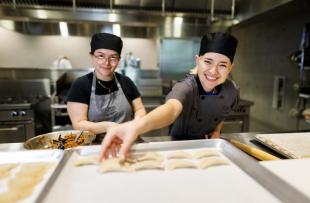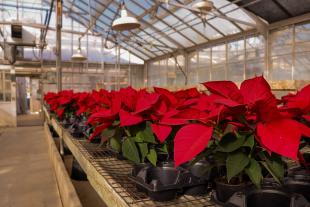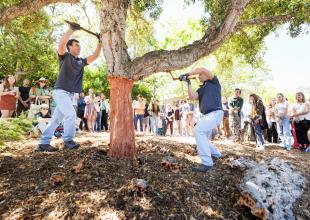Are You Digesting Fake Food News? This Class Teaches Students How to Spot the Facts
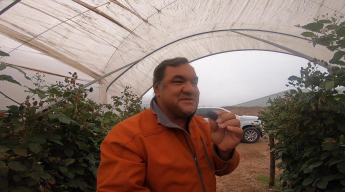
What do veggies at the grocery store have to do with misinformation on social media?
More than you might think.
The relationship between food production and misinformation is explored in a general education class called Plants, Food, and Biotechnology (AEPS 329).
Horticulture and crop science professor Jeff Wong has been teaching a version of this class since 2005, where students learn about crop production and the role of genetic engineering. He was inspired to create the class because of the outcry against GMOs, and how many people seemed to misunderstand the facts and science of agricultural food production and genetic engineering.
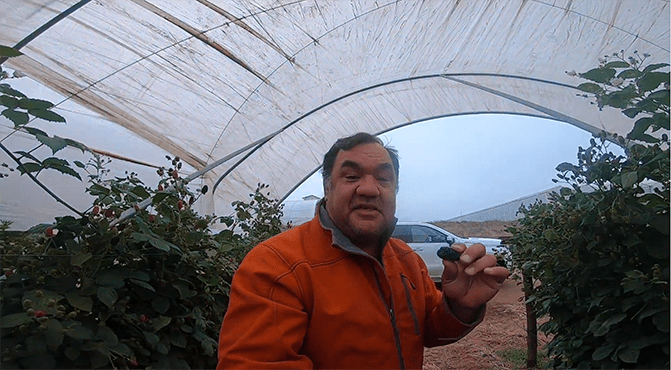
“As time has gone on, one of the things I’ve recognized is that people don’t just not understand genetic engineering, they don’t understand where their food comes from,” Wong said.
He noticed that some students came into the class with preconceived beliefs about the harmfulness of genetically modified foods — sometimes taken from misleading or false information on the internet — and it was difficult to convince them of the truth.
This quarter, Wong has added a co-teacher: Journalism Department lecturer Kim Bisheff, who specializes in how misinformation spreads online.
“We had a chance meeting one day and we were talking about what we taught, and there was a lot of overlap in what we were talking about,” Wong said, explaining how they decided to teach the class together. “It seemed like it could be a really good combination of information to allow students to understand how they developed their beliefs in food.”
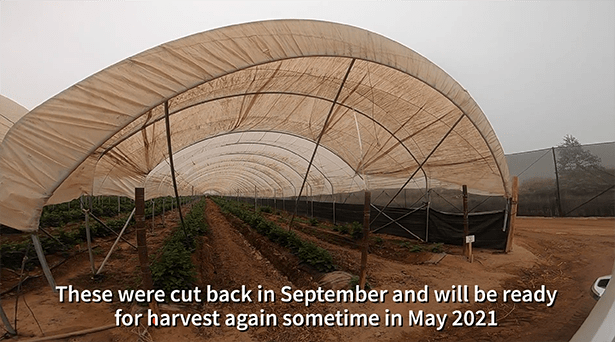
They decided to join forces on the class, feeling that Bisheff’s expertise could add a fresh dynamic — and hopefully get students to think more critically about the information they consume about their food.
“We felt it would be a great way to combine both our areas of expertise in a way that would be interesting to a broader audience,” Bisheff said. “An important part of learning about where our food comes from is learning how to find reliable information about where our food comes from.”
Some activities in the class involve virtual field trips, where Wong takes a GoPro out to a farm and either explain or have his contact explain the process the crop goes through before it ends up at the grocery store. Bisheff asks the students to come up with questions they’d ask the host of the field trip, trying to get them to think critically about the information they’re given.
“I want to help non-journalists understand what it looks like when a trained journalist goes through the steps of reporting a story responsibly,” Bisheff said. “I want to walk them through the steps a professional journalist would take: asking questions and synthesizing answers and deciding how to present the narrative. Hopefully, at the end of that process, they’ll have a better understanding of what real news looks like and how they as consumers can vet the information that comes to them about food and the world.”
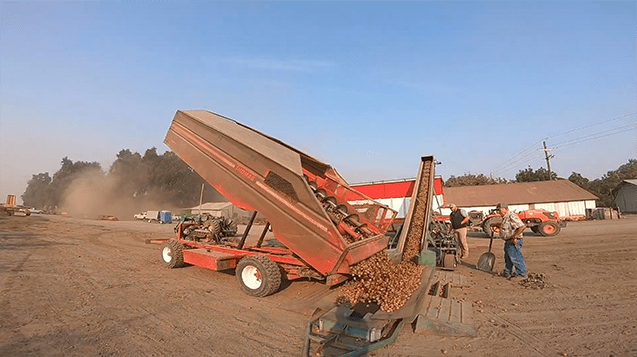
Erin Jeffs, a fourth-year animal science major, said the class has challenged her in new ways.
“It’s made me analyze literature in a way I haven’t before,” Jeffs said. “I’ve never analyzed something in terms of, ‘Is this a good piece of journalism?’ and that’s a new skill I’ve cultivated.”
She also said she appreciates the interdisciplinary nature of the class.
“I like that they’ve combined the two subjects and approached a big issue in agriculture, which is that scientists say one thing and the general public doesn’t understand it, or it’s conveyed in a way that is not accessible to people,” Jeffs said. “There’s so much value in knowing how my food is made and cultivating that connection with food is really important.”


